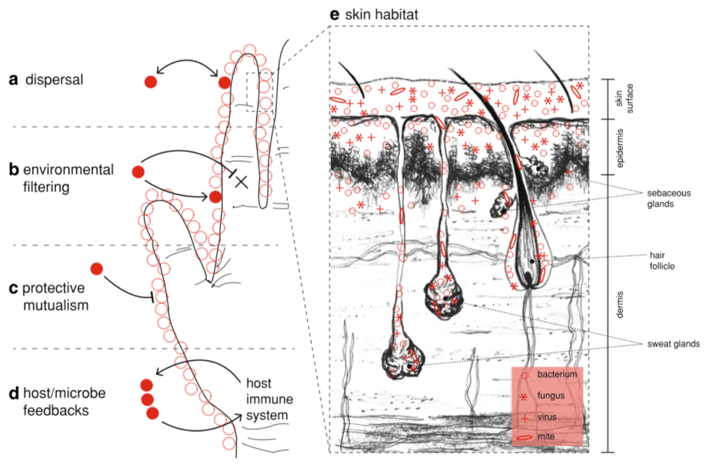Cleanliness in Context
Reconciling Hygiene With a Modern Microbial Perspective
summary
Since the development of Germ Theory – that “germs” cause illnesses, the majority of hygiene studies have suggested that the safest strategy to prevent illness is a mass reduction in the bacterial load that is carried on the skin. The assumption behind this is that the fewer bacteria that you have on your body, the less likely you are to come into contact with disease-causing bacteria. However, in recent years, new research has shown that our skin is home to a vast community of microorganisms (our microbiota), many of which may, in fact, aid in the development of our immune system. We reviewed a large amount of new research (known as a meta-analysis), in the hope of developing a new definition for hygiene that takes into account new information about our own microbiota. The majority of research points to these microorganisms being beneficial to humans, with functions such as maintaining “normal” skin function and producing antimicrobial chemicals that protect us from potential pathogens. Given these potentially helpful interactions with our own microbiota, we recommended that the explicit definition of hygiene no longer be associated with “complete sterilization of the skin,” but instead as “those actions and practices that reduce the spread or transmission of pathogenic microorganisms, and thus reduce the incidence of disease.”
Publications
The Concept of Hygiene and the Human Microbiome
Roo Vandegrift, Microbiology of the Built Environment Network, January 11, 2017 https://www.microbe.net/2017/01/11/the-concept-of-hygiene-and-the-human-microbiome/


